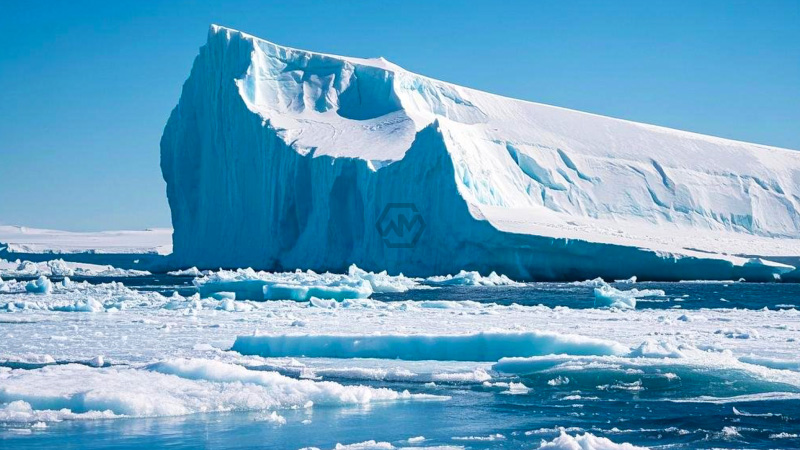- Iceberg A23a, the size of Greater London, has run aground near South Georgia Island.
- Scientists feared it could disrupt local wildlife, but grounding may prevent major harm.
- The iceberg had been drifting from Antarctica since 2020 after breaking free.
A23a, the world’s largest iceberg, weighing nearly a trillion metric tonnes and spanning 4,000 square kilometers, has run aground about 70 kilometers from South Georgia Island.
The iceberg, which calved from Antarctica’s Filchner Ice Shelf in 1986, had remained stationary for decades before starting its drift in 2020. Researchers are closely monitoring whether it remains grounded or continues its movement, as its future trajectory could still impact marine life and ocean currents in the region.
A23a Iceberg Halts Near South Georgia, Minimizing Wildlife Impact
Scientists were particularly concerned about the iceberg’s potential to block access to food for the millions of penguins and seals that inhabit South Georgia. A similar event occurred in 2020 when a smaller iceberg, A68a, drifted dangerously close to the island before breaking apart. This time, A23a’s grounding could prevent such a disaster, as long as it remains stationary.
The iceberg’s immense size and mass influence ocean currents and temperatures, which can have long-term ecological effects. If A23a eventually melts or moves again, it could release freshwater into the ocean, slightly altering local salinity levels and affecting marine ecosystems in unpredictable ways.
Despite the risks, some researchers see potential scientific opportunities. The iceberg’s movement provides insights into ocean circulation patterns, Antarctic ice shelf stability, and the broader impacts of climate change. By studying its trajectory, scientists hope to refine models predicting future iceberg drift and environmental changes.
For now, experts are cautiously optimistic. If A23a stays grounded, it could minimize disruption to South Georgia’s wildlife, giving the island’s unique ecosystem a reprieve from the worst-case scenarios initially feared.
The fate of A23a remains uncertain, but its current grounding near South Georgia offers hope that major ecological damage can be avoided. Scientists will continue to monitor its position, as even small shifts could alter its impact on the region.
“The greatest threat to our planet is the belief that someone else will save it.” — Robert Swan



